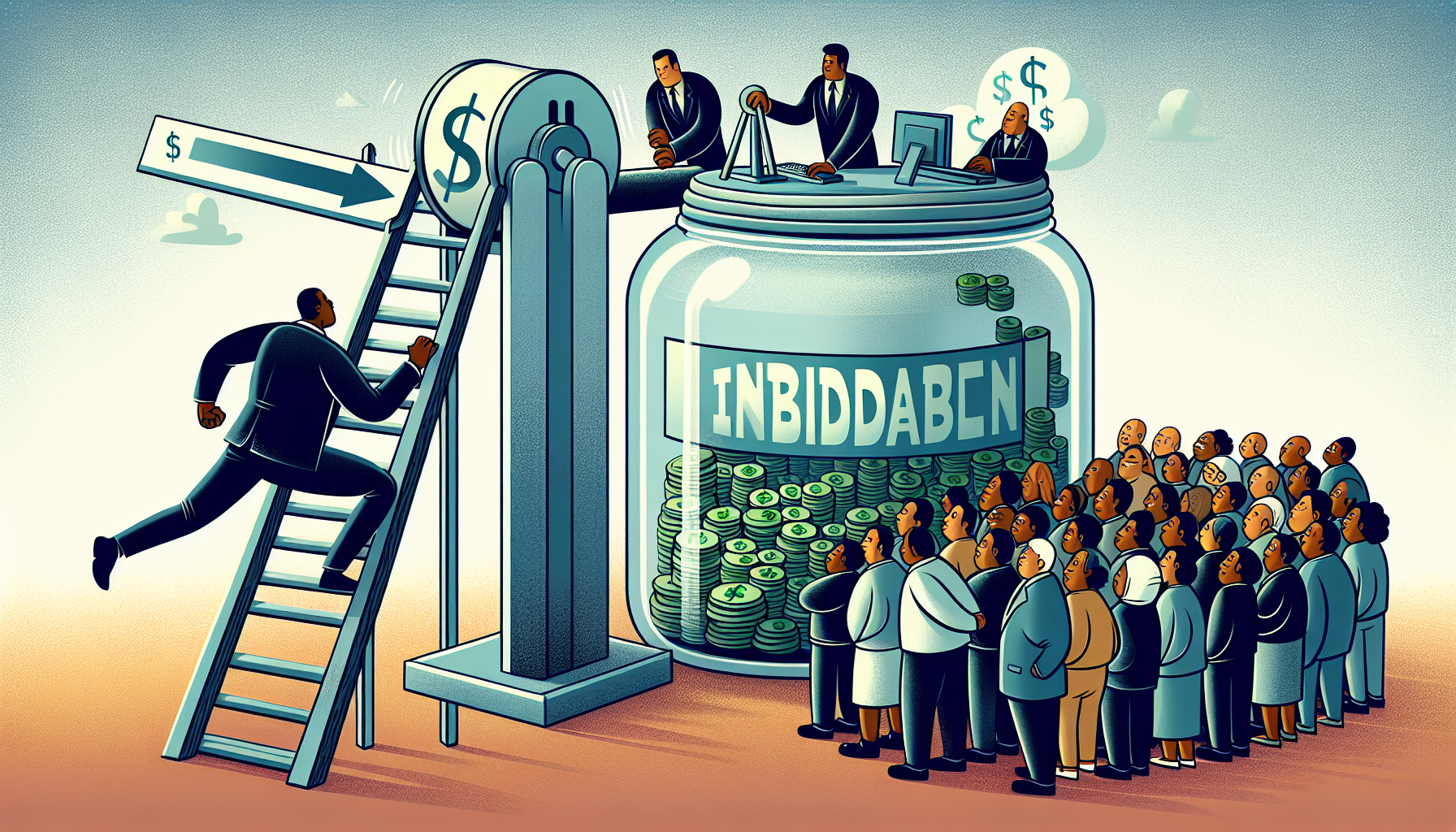 ## Government Advocates for Affordable Internet: Hurdles and Prospects
## Government Advocates for Affordable Internet: Hurdles and Prospects
In an effort to close the digital gap, a new government initiative is prompting Internet Service Providers (ISPs) to provide reduced rates for low-income customers through the Broadband Equity, Access, and Deployment (BEAD) program. Nonetheless, the endeavor encounters pushback from ISPs who claim that the suggested rates are not financially viable. This article explores the nuances of the BEAD program, the apprehensions articulated by ISPs, and the wider ramifications for affordable internet access in the United States.
The BEAD Program: A Synopsis
The BEAD program, overseen by the National Telecommunications and Information Administration (NTIA), seeks to enhance high-speed internet access throughout the United States. With federal funding exceeding $42 billion, the program concentrates on financing planning, infrastructure, deployment, and adoption initiatives across diverse states. The primary objective is to guarantee that every American, irrespective of their income level, can access affordable, high-speed internet.
The ISP Sector’s Reservations
Despite the commendable aims of the BEAD program, ISPs have raised considerable worries. In a correspondence to US Commerce Secretary Gina Raimondo, over 30 trade associations from the broadband industry, including ACA Connects and the Fiber Broadband Association, underscored the difficulties associated with implementing a fixed rate of $30 per month for high-speed internet access. The correspondence stressed that this rate is “entirely disconnected from the economic realities of establishing and running networks in the most expensive, challenging-to-reach locations.”
The Financial Realities of Broadband Implementation
Building broadband infrastructure, particularly in rural and remote regions, requires substantial investment. Costs encompass not only the initial establishment but also continual maintenance and operational expenses. ISPs contend that a $30 monthly fee would be insufficient to cover these costs, rendering it financially impractical for them to engage in the BEAD program under the present conditions.
The Digital Divide: A Lingering Challenge
The digital divide continues to pose a major concern in the United States. A 2021 study by the Pew Research Center revealed that merely 57 percent of households with an annual income of $30,000 or less have a broadband connection. This gap underscores the pressing demand for affordable internet options to ensure that low-income families do not get left behind in an increasingly digital society.
The Expense of Internet Access in the US
On average, Americans spend $89 monthly for internet access, with residents of New Jersey encountering the highest average bill at $126 per month, as per a survey conducted by U.S. News and World Report. These elevated expenses exacerbate the digital divide, complicating efforts for low-income households to secure dependable internet access.
The Way Forward: Seeking Common Ground
To ensure the success of the BEAD program, it is essential to establish a compromise between the government’s affordability objectives and the ISPs’ economic conditions. This may involve reevaluating the intended low-cost service rate or providing additional subsidies to ISPs to offset the costs associated with deploying and maintaining broadband infrastructure in high-cost regions.
Conclusion
The BEAD program marks a significant advancement toward realizing affordable internet access for all Americans. However, the issues raised by ISPs highlight the challenges of reconciling affordability with financial viability. As the program advances, identifying a workable solution that meets the needs of low-income households while considering the financial realities of ISPs will be vital.
Q&A Session
Q1: What is the BEAD program?
A1: The BEAD program, administered by the NTIA, aims to broaden high-speed internet availability across the United States by allocating over $42 billion in federal funding for planning, infrastructure, deployment, and adoption initiatives.
Q2: Why are ISPs apprehensive regarding the BEAD program?
A2: ISPs are wary that the fixed rate of $30 per month for high-speed internet access is economically unfeasible, especially concerning the deployment and operation of networks in high-cost, hard-to-reach regions.
Q3: What is the average cost of internet access for Americans currently?
A3: On average, Americans pay $89 per month for internet access, with New Jersey having the highest average expenditure at $126 per month.
Q4: What does the digital divide mean?
A4: The digital divide refers to the disparity between those who have access to dependable internet and digital technologies and those who do not. It is frequently influenced by income, geographic location, and education factors.
Q5: What percentage of low-income households have broadband access?
A5: As reported in a 2021 study by the Pew Research Center, only 57 percent of households with an annual income of $30,000 or below have a broadband connection.
Q6: What potential solution could address the concerns expressed by ISPs?
A6: A potential resolution could involve adapting the proposed low-cost service rate or offering additional subsidies to ISPs to mitigate the costs of deploying and sustaining broadband infrastructure in high-cost areas.